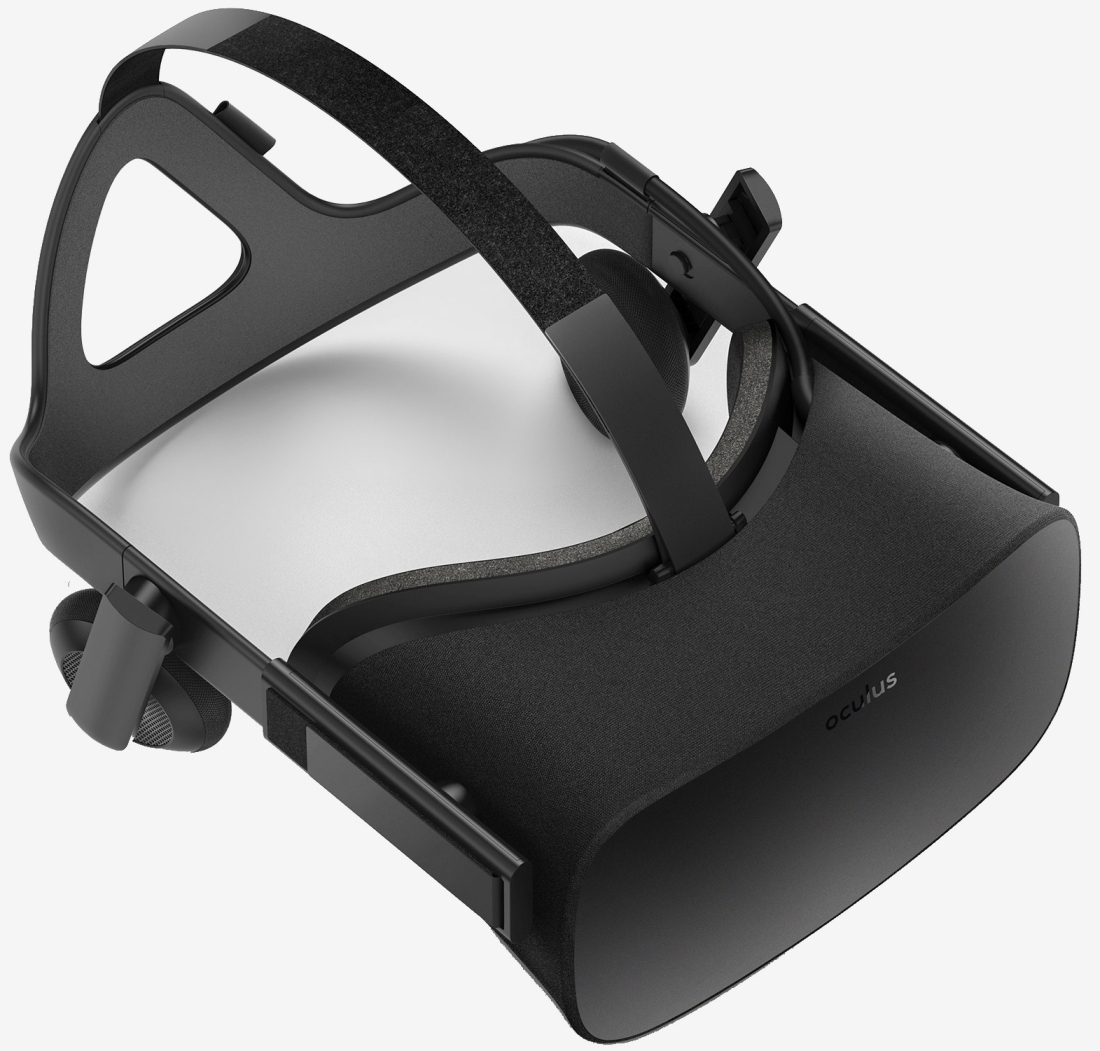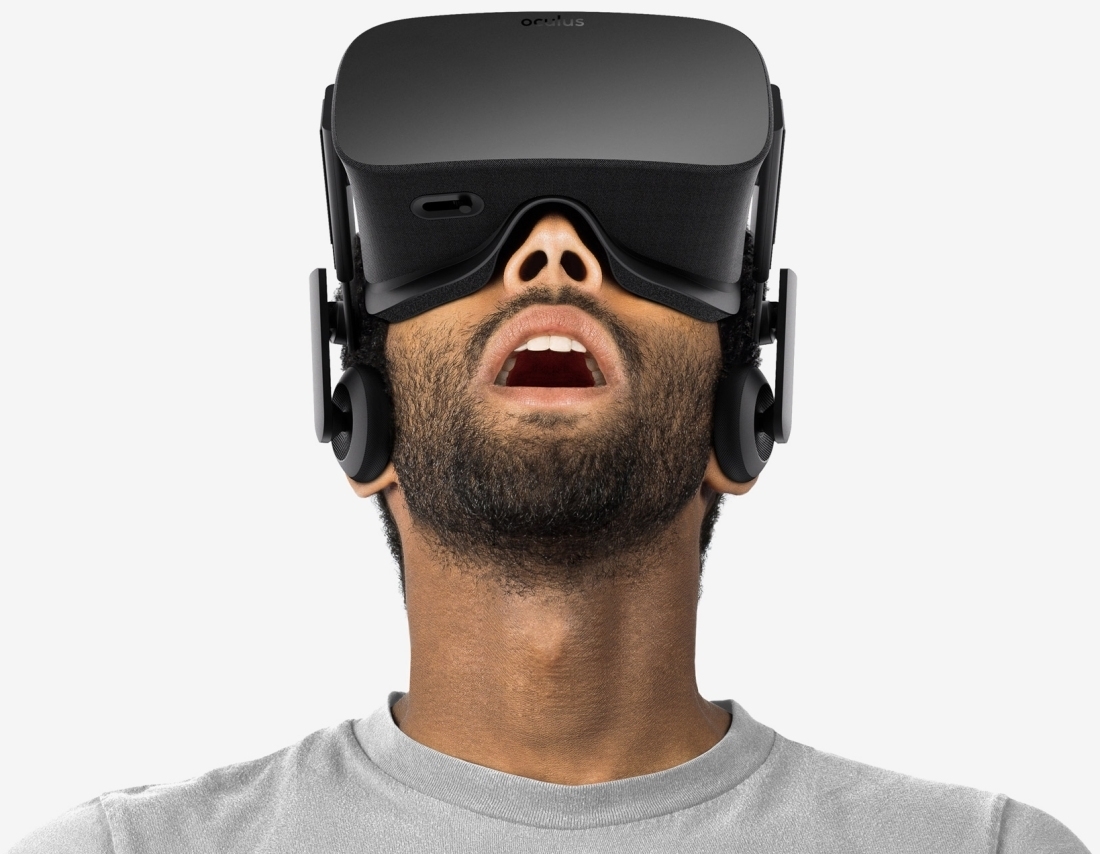2016 is expected to be the year of virtual reality (although in actuality, it'll likely be a few more years before the technology really takes root among general consumers). Regardless, some VR systems will arrive this year including the granddaddy of them all, the Oculus Rift.
That's great news for enthusiasts, assuming of course that you have a system powerful enough to run the rig. According to Nvidia, most machines won't be up to the task.
The graphics chip maker estimates that only 13 million PCs worldwide will be powerful enough to push the Rift and other serious VR headsets. Research firm Gartner notes that Rift-capable machines will account for less than one percent of the 1.43 billion computers expected to be in use this year.

Last May, the Facebook-owned company revealed recommended hardware specifications needed for the best experience with its VR headset. Those specs included an Intel Core i5-4590 or better, an AMD 290 / Nvidia GTX 970 or equivalent and at least 8GB of RAM in addition to an HDMI 1.3 video output, two USB 3.0 ports and Windows 7 SP1 or newer.
We'll likely learn a lot more about the Rift and other products later this week at CES. As Bloomberg points out, there will be more than 40 exhibitors demonstrating virtual reality products across 2.4 million square feet of show floor. That may not sound like many considering over 3,600 companies are expected to showcase their products but it represents a 77 percent increase compared to 2015 (the figure also doesn't account for companies that won't have a presence on the show floor but rather host meetings in private hotel suites).
